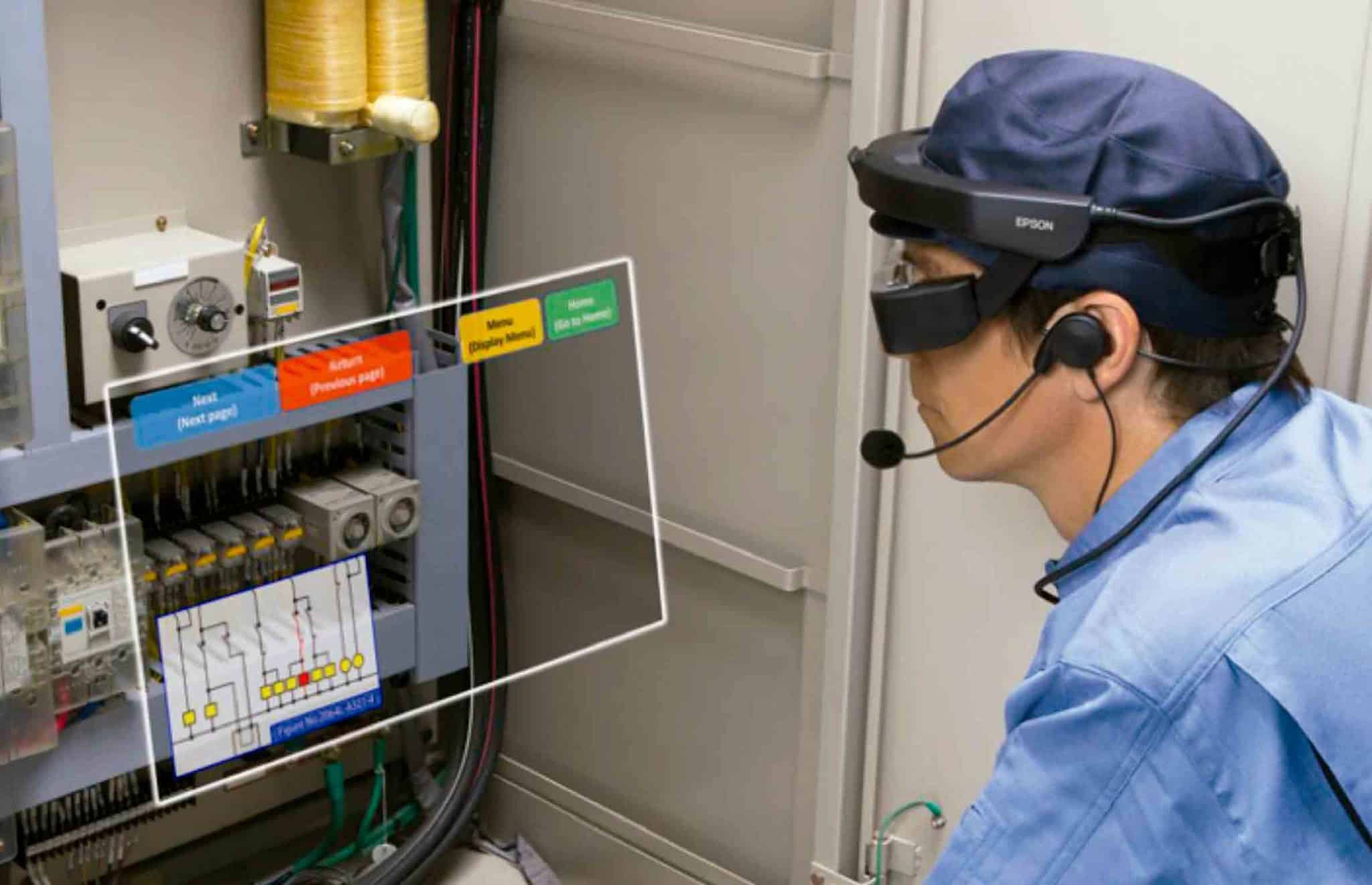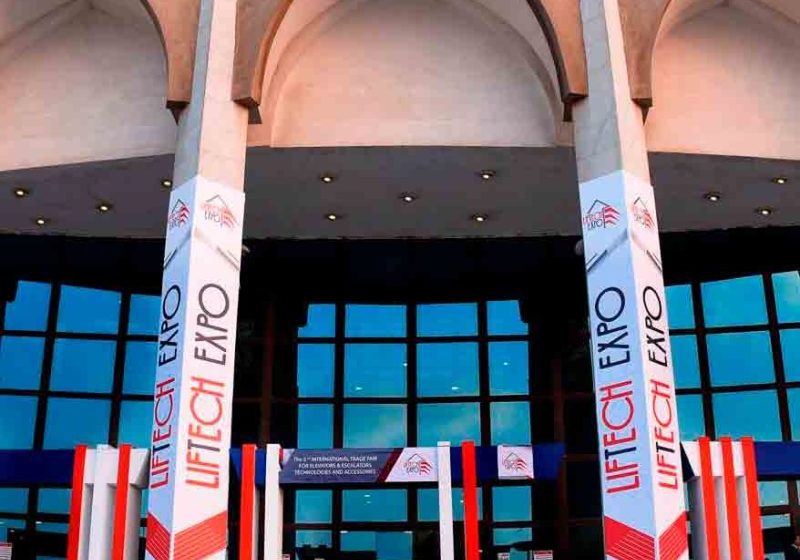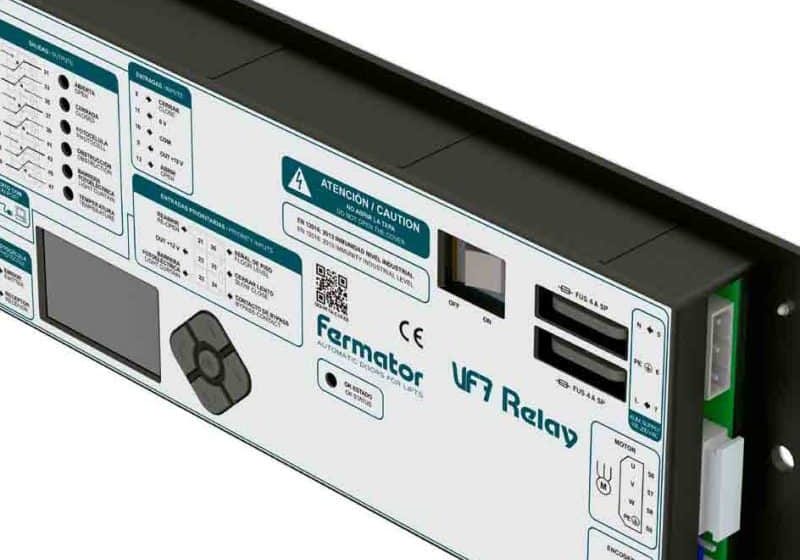Smooth Operators
Apr 1, 2018

A look at the Future of Moving elevator doors
It is often said about life that when one door closes, another opens. And so it goes with elevator door operators: as decades-old methodologies fade into obsolescence, today’s cutting-edge technologies — such as the Internet of Things (IoT) — are opening new views into the design, installation, functionality and maintenance of the equipment that govern the movement of elevator doors.
The old standby, dating back to the beginning of automatic operators — and, to some degree, still in service today — has been the harmonic operator. In addition to the oft-noted issues concerning their weight and the space they consume atop cabs, harmonic operators are possessed of several inhibiting factors. They are comprised of many slow-moving, low-efficiency, loud mechanical parts.
Says Louis “L.J.” Blaiotta, Jr., CEO of Columbia Elevator Products Co. Inc.:
“Performance of harmonic operators can be inconsistent from floor to floor. Their DC motors with open-loop or variable-voltage, variable-frequency control are inefficient, offer no protection against voltage fluctuations and are more vulnerable to operational failure. But, a major issue we find with harmonic-operator technology is that installation is a time-consuming, difficult trial-and-error process. Ways to minimize installation time and maximize labor savings are such important factors in today’s super-competitive real-estate environment.”
Conversely, linear door operators are based on simpler and more compact mechanical design. These perform with much higher efficiency, and, since they require no lubrication, provide the advantage of a relatively low maintenance requirement. The door drive is managed by a dedicated electronic board, which makes adjustment and fine tuning much easier, with self-learning operating parameters set by a dedicated control pad. A switching device manages the 90-290-V power supply, which protects the operator from voltage fluctuations and helps avoid resulting problems.
Explains Giuseppe De Francesco, Corporate R&D Director of the Wittur Group:
“High-efficiency, maintenance-free, brushless motors – coupled with closed-loop control – make it easier to obtain smooth acceleration and deceleration and avoid collision of panels. Use of rubber belts for movement minimizes the operating noise level, and the compact and lighter structure of the linear operator allows for easier and faster installation. Overall, the linear door operator is an efficient, high-performing and stylish solution that appeals to installers and architects alike.”
Today, as we approach the third decade of the 21st century, electronic and digital solutions are supplanting the mechanical methodologies on which we have relied for decades, ranging from the vehicles we drive, to the buildings in which we live and work, to virtually all the products and services we consume in residential and business life. As such, it was natural that this shift would find its way into the elevator sector, which has profited from the massive introduction of electronics into the field.
Says Valentina Pinelli, Wittur’s global product manager, doors:
“This has had a dramatic increase in the reliability of the electronic components, which have been submitted to every kind of use in extreme conditions. In this respect, an elevator shaft can be considered a fairly extreme environment, as it is subjected to a wide range of temperatures and humidity throughout the seasons and, in some cases, might experience severe vibrations. Electronic elevator door drives are now extremely reliable, and, besides offering smooth operations and easy adaptation of speed and acceleration to each site’s conditions, are increasingly equipped with extra functionalities.”
A case in point is the introduction of digitally enabled elevator door drives bringing the elevator field into the IoT paradigm. By use of a digital communication protocol and interface in the door drive’s electronic board, it has become possible to create a bidirectional communication protocol that reports all operating parameters of the elevator door and feedback on each operation cycle, and enables easy interaction with the system’s operating parameters.
According to Blaiotta, this opens an entirely new dimension in elevator maintenance and performance monitoring. A technician using a tablet can connect wirelessly to the operator, adjust operating parameters and obtain feedback in real time from the device screen, all without installing any extra equipment or requiring physical access to the door drive at the top of the car. This allows for easy access to operating data of all door components, the monitoring of their lifecycles, failures incurred during their operation, and their endurance and behaviors in various conditions, all while remote data collection from each installed elevator can be managed in the cloud. Real-time access to such data creates the ability to optimize maintenance and intervention activities to detect possible future failures and address them before they shut down the elevator.
Improved door electronics can also offer a viable interface to augmented-reality (AR) applications. By wearing head-mounted displays, service technicians can receive diagnostic instructions, complete with procedures to apply and tools to use. This can, in turn, be an ideal tool for training staff and act as a best-practice guide to follow, particularly when working on more obscure, complex or high-value elevator systems. And, since troubleshooting can be one of the most time-consuming tasks for technicians, current and future AR applications may help to further reduce maintenance downtimes and related costs.
According to Sergio Biglino, Wittur’s executive vice president, key accounts, R&D and Marketing, electronic elevator door drive technology is already providing many value-added functions. As examples, he cites enhanced energy efficiency (“0-W” standby mode, whereby a drive is switched off when the elevator is waiting for input), easier installation (clear-opening self-learning mode, a procedure whereby the operator checks the available clear opening of the door and automatically adapts all parameters to the detected dimensions) and expert operating modes (e.g., a “night shift” setting that reduces speed and noise during overnight hours).
Says Biglino:
“A particularly important feature offered by all these door drives is ‘continuous door mass detection,’ where the torque applied by the car door drive automatically adapts to the detected mass of landing-door panels at each floor. In this way, optimal acceleration and deceleration curves and optimal current are used to ensure smooth performances, even in elevators in which different kinds of landing-door panels are used. Typically, this makes it easy to use glass-framed doors in the lobby floor and standard doors on the others, or more robust and heavy panels on the most trafficked floors and lighter panels on the floors where traffic is reduced.”
With this next generation of intelligent door operators arrives the addition of a new term to the elevator operator lexicon: door and landing mechanism “modularity.” This allows economies and efficiencies to be optimized on a landing-by-landing basis, freeing the elevator system designer from needing to apply a single door/operator configuration to all landings of a building. Instead, the designer may now specify the appropriate door and landing mechanism for each landing’s unique requirements.
Explains Blaiotta:
“For example, consider a common application that would call for heavy-duty, more-durable door panels at the main egress floors that will bear the most traffic, where the openings will use larger track and roller sizes for smooth and quiet operation, with an operator sufficiently robust to effectively drive such doors. In that same shaft, there might be also entrances that open, say, to a lower-level parking structure, where, due to the aggregate demand of the upper floors, only a medium-duty service is needed to support that landing’s lesser traffic levels. Often, such landings may be exposed to the elements, compelling the system designer to employ medium-weight door panels equipped with gasketing and a corrosion-resistant track. To optimize floor-to-floor travel times, that same car door operator driving the egress floor openings must now adjust its torque to minimize door-closing times without exceeding code-mandated kinetic-energy restrictions. Additionally, because of the much lower traffic demands at the upper floor landings, lightweight doors of single-skin construction can be utilized with smaller rollers and/or hanger assemblies to enable faster door closings and minimized floor-to-floor travel times.
“To address such varying exposures, these ‘intelligent’ car-door operators automatically adjust their performance to move the vastly different masses at each floor in a way that minimizes the door-close cycle without violating limits specified by code. For this ‘mix-and-match’ technology to properly function, the interface between the landing mechanisms and the car door operator is in precisely the same location at each landing, regardless of door type and door equipment deployed. This need for such mechanical flexibility at each floor defines the concept of modularity.”
Biglino notes that the design and manufacture of Wittur’s numerous door mechanisms take into great account these principles of flexibility and modularity, and that the two always go together. The company’s products, composed of multiple small individual parts, can be rearranged in a variety of ways, depending on the configuration of the door, the final destination of use and user preferences (e.g., closing device or safety components). To facilitate installation and maintenance operations, these small components not only adapt to varying installation scenarios, their various product lines share the same dimensions, position and characteristics. These include their landing door locks, coupling systems, closing devices, carriages, rollers, guide shoes, electric contacts and emergency unlocking devices — all interchangeable among the different product lines.
Says Biglino:
“In addition to such a high level of flexibility, additional benefits include the simplicity and cost efficiency of upgrading products (by changing only single elements, rather than entire mechanisms), the expeditious replacement of deteriorated parts (less training for fitters and maintenance technicians due to the consistent configuration and position of all elements), plus more competitive prices due to larger-scale production of components and parts.”
Rapidly emerging technology has historically caused all manner of societal reactions. Today, in the face of growing media coverage regarding autonomous vehicles, people are asking questions such as, “Will I actually be able to bring myself to ride in a car without a driver?” “Would I ever place my children in a vehicle with no steering wheel?” and “How can this be safe?”
These questions are in the process of being answered by the day but are not much different from when elevators were first introduced, when people questioned whether they would ever get into a box suspended dozens or hundreds of feet in the air by a cable. Later, safety concerns became much less of a factor as manual operators — people whom riders knew and trusted — ran the elevators and provided a major measure of comfort and confidence. But then, eventually, came the “driverless,” automatically operated elevator, raising the same type of questions we hear today about self-driving cars. Early industry marketing efforts showed children and grandparents pressing buttons in elevators to assure the public how safe they were. When, in 1945, New York City’s elevator operators’ union went on strike, the conversion from manual operation to fully automatic elevators was given a major boost. The technology went mainstream, and these concerns evaporated, as well.
Concludes Blaiotta:
“In 2018, the evolution of elevator technology forges ahead unabated, but these days, it is less about allaying safety concerns than about vastly improving the experience of the people who design and build the elevators, and for the public that rides them. The intricacies of ‘flexibility’ and ‘modularity’ are not directly visible to the public, but riders do appreciate when elevator cars run smoother and quieter, and arrive quicker at their floor when called. However, among the elevators’ designers and installers, and the owners/managers of the buildings that house them, these concepts are very much recognized and welcomed!”
Get more of Elevator World. Sign up for our free e-newsletter.








